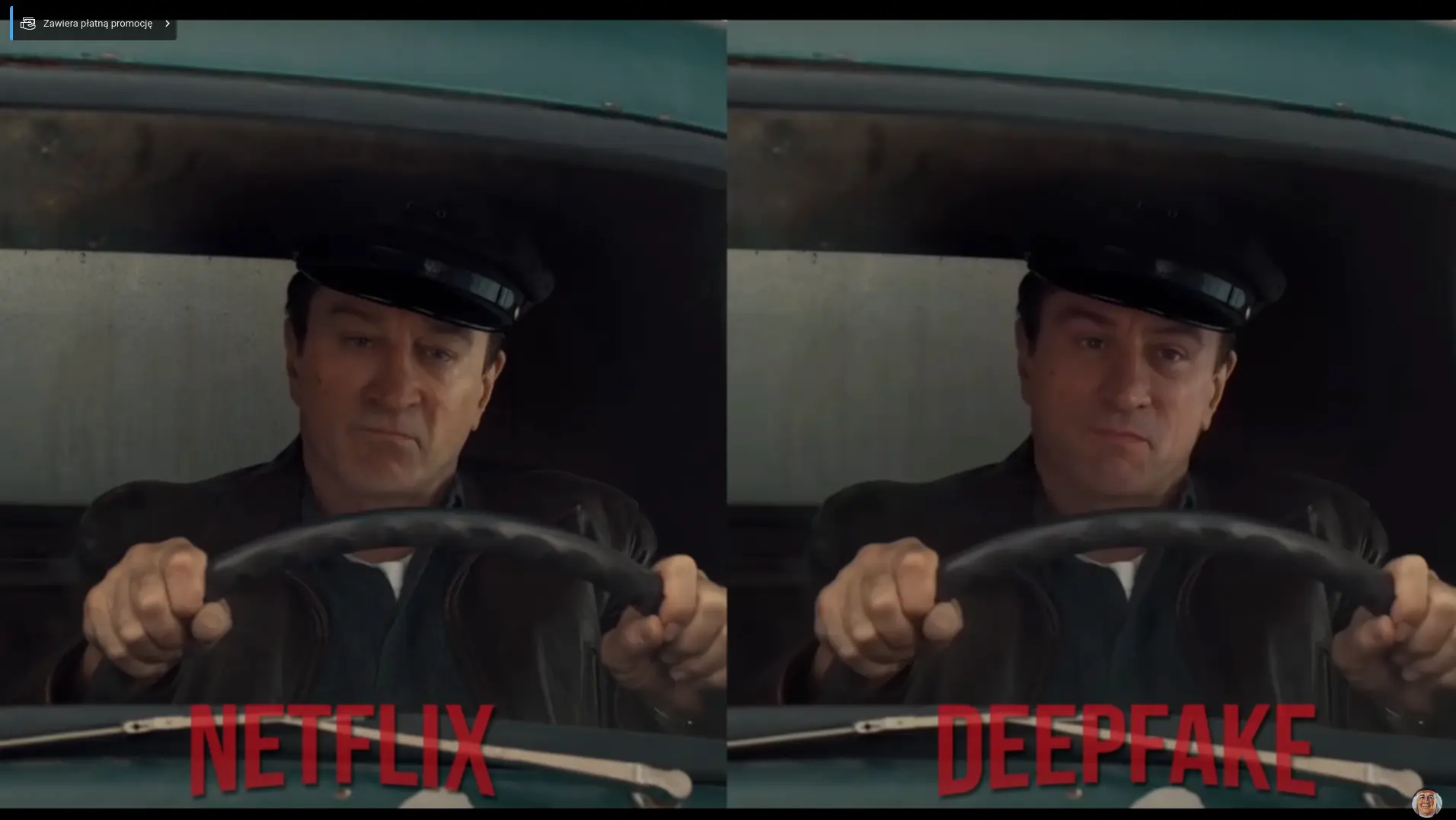Deepfake Examples: A Glimpse into the Future of Synthetic Media. In the digital age, as technology advances, the line between reality and virtuality is continually blurred. One of the most intriguing—and perhaps unnerving—examples of this trend is the rise of deepfakes. Deepfake technology uses artificial intelligence to create hyper-realistic, but entirely fabricated, images or videos. It can convincingly replace one person’s face with another, alter facial expressions, or even manipulate speech patterns. Today, we’ll delve into some fascinating examples of deepfakes to see how far this technology has come and what it might mean for the future.
Hollywood Deepfakes: Recasting Roles and Rewriting History
Perhaps the most familiar examples of deepfakes come from the entertainment industry. Through deepfakes, fans have been able to “recast” iconic roles in films and TV shows, placing a different actor’s face onto the original. For instance, imagine a version of “Iron Man” starring Hugh Jackman instead of Robert Downey Jr., or a version of “The Matrix” with Will Smith as Neo instead of Keanu Reeves. Such deepfake examples illustrate the power of this technology to reimagine cinema history.
Moreover, deepfakes are now used in actual film production. In “The Irishman,” Martin Scorsese used a form of deepfake technology to de-age Robert De Niro, Al Pacino, and Joe Pesci. This gave the film a unique ability to traverse decades without changing the cast, offering a fascinating glimpse into the potential of deepfakes in future filmmaking.

Political Deepfakes: Shaping Public Perception and Dialogue
Another realm where deepfake examples are increasingly prevalent is in the political arena. Deepfakes have been used to create videos of politicians saying or doing things they never did, which can significantly influence public perception. One infamous example is a deepfake video of former U.S. President Barack Obama, created by comedian Jordan Peele. Peele used this video to demonstrate the potential misuse of deepfake technology, warning viewers to be skeptical of what they see online.
However, not all political deepfakes are harmful. Some are used for satire or commentary, such as those created by the popular YouTube channel “The Fakening”. These videos, which often feature politicians and other public figures in humorous or absurd situations, demonstrate the potential of deepfakes as a tool for creative expression and social critique.
Conclusion: The Implications of Deepfake Examples
Deepfake technology is a double-edged sword. On one hand, it holds immense potential for entertainment, creativity, and innovation. On the other, it poses significant risks for misinformation, manipulation, and privacy invasion. These deepfake examples underscore the importance of developing tools and regulations to ensure the ethical use of this technology.
As we continue to navigate this brave new world of synthetic media, it’s crucial to stay informed and vigilant. Remember, just because you see it, doesn’t mean it’s real. Deepfake examples are proof that the digital age is more complex—and more fascinating—than we might have ever imagined. Stay tuned to our blog for more insights into the cutting edge of technology.

